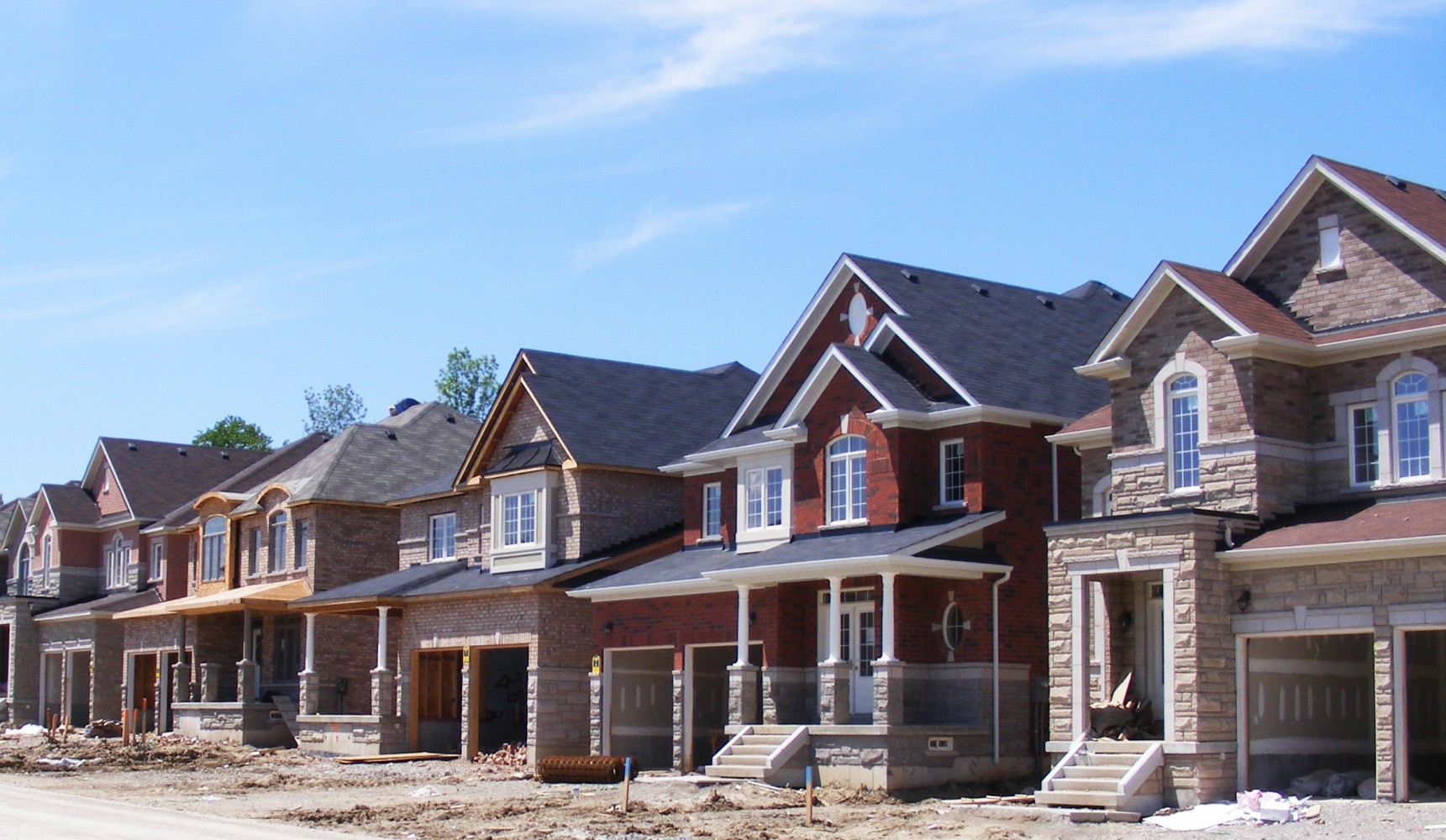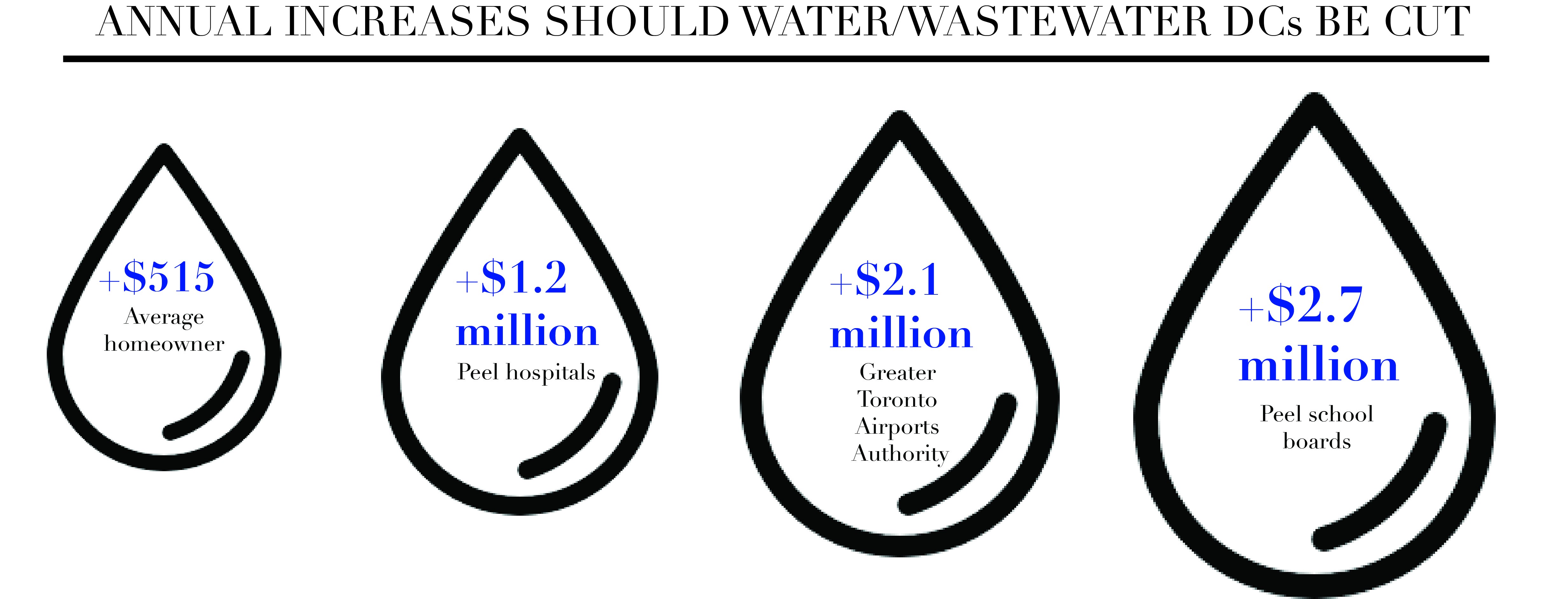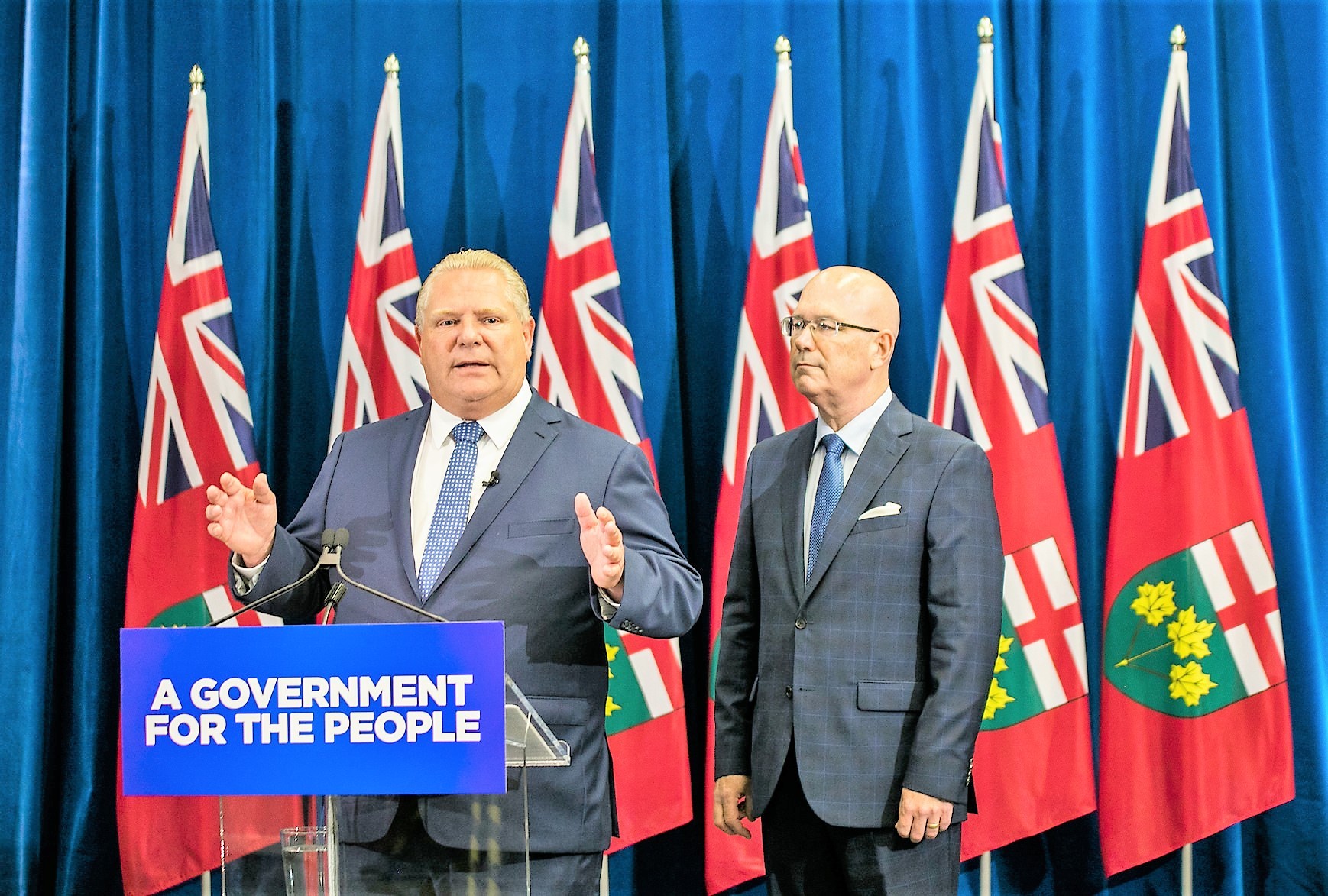
Hosing homeowners: Peel councillors furious over Ford’s talk of gouging taxpayers to help developers
A critical source of revenue for Peel Region is currently at risk of being axed by the PC government, a decision that could have devastating impacts on future growth and lead to an astronomical rise in water utility bills.
“I’m just disgusted by the file,” Chair Nando Iannicca said at Thursday's Peel Region Council meeting. He was one of many angry politicians who fired back against the province for even considering eliminating water/wastewater development charges — fees developers must pay to help build needed infrastructure. “(It’s) robbing Peter to pay Paul.”
Those are strong words from the region’s CEO against tampering with a “growth pays for growth” philosophy that has been defended and implemented for years and has helped the region pay for billions of dollars’ worth of needed infrastructure. Currently, the region borrows money to pay for pipes and other infrastructure needed before new development can move forward, after which the developer pays at least some of those costs back in development charges (DCs) — in turn, raising the price of new homes to help cover that cost. The region is currently owed about $1.4 billion in DC-related infrastructure debt.

Regional Chair Nando Iannicca
Water and wastewater DCs make up a small portion of all the development-related fees imposed by the region, but they do play a critical role in keeping growth moving forward to meet provincially mandated targets.
Someone who has the ear of the premier has proposed eliminating these fees for developers in favour of a model whereby future infrastructure costs would be carried by higher utility rates paid by homeowners.
In August 2018, the conservative-leaning C.D. Howe Institute released a report titled Hosing Homebuyers: Why Cities Should Not Pay for Water and Wastewater Infrastructure with Development Charges. The report suggested that housing prices, which have become increasingly unaffordable in the GTA, are inflated further by water and wastewater DCs the developers pass on to buyers. The report argues that having utility users pay the full cost of infrastructure directly through their monthly bills is better than funnelling that cost through developers.
These ideas are getting attention at Queen’s Park as the author of that report, Benjamin Dachis, is now director of policy, budget and fiscal planning in the premier’s office.
During consultations for the province’s Housing Supply Action Plan, the government noted that it was reviewing “barriers” such as “high development costs due to rising land prices and government fees,” along with other issues such as the housing development approval process, restrictions on building mixed-use buildings, and difficulties for landlords and tenants.
It’s no surprise the possibility of eliminating those charges has drawn attention from regional staff. The result would be higher rates being passed on to not only new but long-time residents — a move likely to cause an uproar.
Stephen VanOfwegen, the region’s commissioner of finance and chief financial officer, estimated that if development charges for water infrastructure were eliminated, residential utility rates would increase by about 72 percent — or an extra $515 for the average home in 2019.
The region’s top five businesses would be hit with utility rate increases of between $800,000 and $2.4 million.
These hikes would be “devastating for many,” VanOfwegen said.

The staff report argues that the logic of such a proposal is flawed, saying these increases would actually have the opposite effect on home affordability, making living in a Brampton home more expensive, not less.
In a letter sent to Steve Clark, the minister of municipal affairs and housing, VanOfwegen takes issue with several key aspects of the C.D. Howe report, most notably the contention that eliminating DCs will allow developers to lower home prices.
Aside from the array of factors that influence the cost of home ownership — interest rates, mortgage accessibility rules, economic growth, foreign investment, etc. — on average, DCs paid to Peel Region represent only 5 to 7 percent of new home prices (additional DCs are paid to the city and to the province for education costs). Water and wastewater DCs are an even smaller piece, between 2 and 3 percent. These figures have stayed fairly consistent in recent years, while home prices have skyrocketed.
“(It’s) highly unlikely that housing prices would fall if water and wastewater development charges were eliminated,” VanOfWegen’s correspondence said. “Instead, developers’ profits or land values would rise and prices would stay the same.”
Numbers from Watson and Associates Economists back that up.
In 2013, the average price of a home in Brampton was $490,000. By 2018, the average price had risen to $655,000 —up 34 percent — while all DCs as a share of that cost increased by only 0.3 percentage points, to 13.2 percent. These numbers reveal the issue with trying to blame DCs for high home prices.
Similar trends were seen in Toronto, where home prices increased by 72 percent over the same period and DCs as a percentage of the cost increased by only 3 points. In Oakville, while the cost of a home more than doubled, increasing by 103 percent, DCs as a percentage of the cost actually decreased by 3.1 points.
“You’re never going to see DC cost savings passed on to the homeowners,” Mayor Patrick Brown said at a meeting of Peel council, adding that this theory needed to be “debunked.”
The move to eliminate the revenue source is clearly a gift to developers, councillors said.
“When I look at this, it’s very developer-friendly,” said Caledon Councillor Annette Groves. “The developers will get off and the ratepayers will have to pick up the cost. So I have a real problem with that.”
“They don’t understand development,” Mississauga Councillor Pat Saito said of the province, who noted that it isn’t only the PC government under Ford that has been making accommodations to the development industry. “Little by little, the development charges have really been dug away.”
Ford’s connections to the development industry have been the backdrop to several controversial policy decisions, even before the PCs took over at Queen’s Park following the June election.

Premier Doug Ford and Minister of Housing Steve Clark
Ahead of the June vote, Ford was filmed during a meeting with developers, promising them he would open up chunks of the environmentally sensitive Greenbelt for development. When the footage was leaked to the media and a strong backlash ensued, Ford backed off.
However, the controversial Bill 66 soon followed, with its Schedule 10, which would have allowed municipalities to enact “open for business” bylaws so as to approve development applications that violate provincial or regional plans created to protect groundwater and environmentally sensitive areas.
After the proposal was ripped apart by environmental advocates and conservation authorities, the Ford government backed off once again, at least on Schedule 10.
Critics say a decision to revive the mothballed GTA West Corridor highway project is yet another handout to the development industry. Scrapped in the environmental assessment phase by the former Liberal government in 2018, the project would open up wide swaths of developable land in Peel and York regions, portions of which lie adjacent to or in the Greenbelt and near the Oak Ridges Moraine.
Council is looking to “rally some noise,” as Brown put it, and illicit a public reaction similar to what happened with Schedule 10 against reducing development charges.
“I don’t think we can be too complacent about this,” said Mississauga Councillor Karen Ras. “It’s inherently unfair, so whatever we can do to get out in front of this would be beneficial.”
“We have to go to the public with the real narrative,” said fellow Mississauga Councillor Dipika Damerla.
A motion to launch a public-relations campaign to educate the public on the issue carried unanimously.
Email: [email protected]
Twitter: @JoeljWittnebel
Submit a correction about this story


